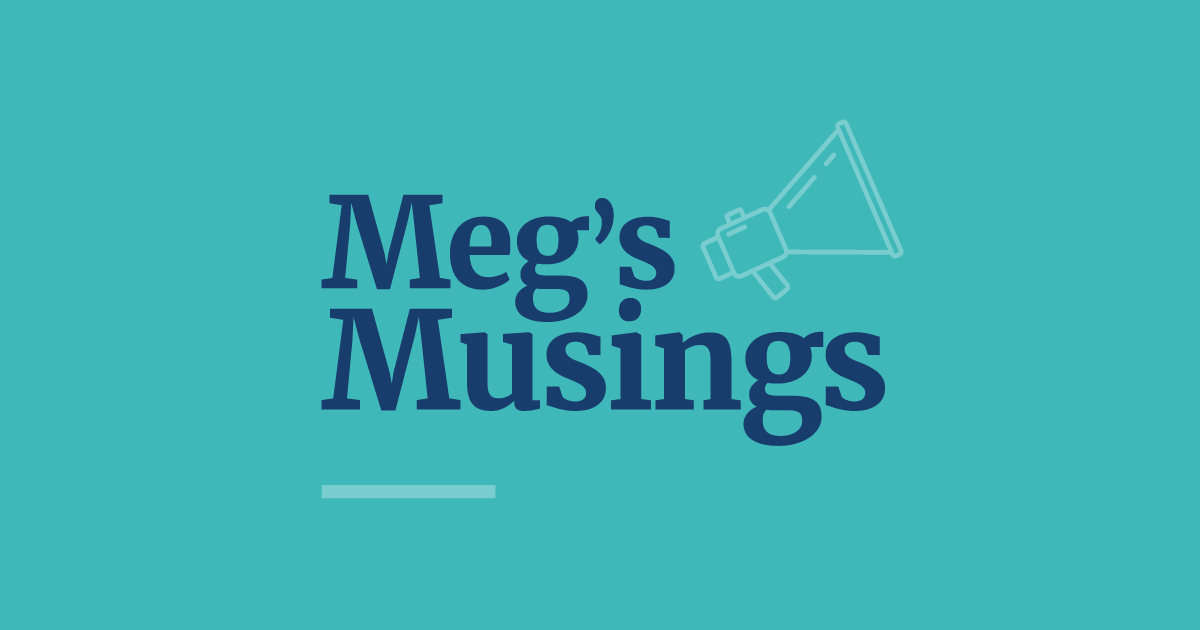
Meg Heffron
Managing Director
I am a nerd. In fact, like most actuaries, I’m a maths nerd. That’s why I always enjoy reading statistical reports on superannuation from APRA and the ATO. The latest ATO statistical report on SMSFs shows how our sector is changing over time and helps us spot trends that are both important for the future retirees of Australia and also those of us who work with SMSF accountants, advisers and trustees.
The publication of this report often triggers commentary about which of the three major superannuation sectors outside the public sector schemes (industry, retail and SMSF) are “winning”. In other words, who has the most money and who is growing vs shrinking relative to the other sectors.
But when I’m wondering about the health of the SMSF sector one of the other factors I like to think about is the real purpose of superannuation – which is to provide retirement incomes.
According to the latest statistics the median age of SMSF members is around 60. That means roughly half the SMSF population is eligible to start a pension. And sure enough, around 45% of SMSFs are either entirely or partly in retirement pension phase. Note that this doesn’t include the funds that are providing transition to retirement income streams as these don’t count as “retirement phase” pensions (more on these below). Hence we’re possibly underestimating the proportion of funds that are genuinely providing an income stream to their members but nonetheless, the figures are reassuringly close.
Not surprisingly industry & retail fund members are younger – the latest statistics from APRA suggest that the median age in APRA funds is somewhere around early 40s. This is not strictly accurate as I’ve worked it out based on the ages of all the holders of member accounts in these funds and there are around 23 million accounts for (probably) 16 million members. A lot of people still have more than one account and if that applies more frequently to younger members than older ones we’re skewing the data by counting them more than once. However, you get the picture – industry fund members are younger. They also have lower balances.
So, it’s not surprising that fewer industry and retail fund members are receiving retirement phase pensions. But even I was surprised at the difference.
Fewer than 7% of member accounts (around 1.5 million) in these funds are paying retirement phase pensions.
That’s really not many, particularly when you consider that there are over 4 million accounts (just under 20% of all accounts) that belong to people over 60. Some of these people might have both a retirement phase pension account up to their transfer balance cap and an accumulation account (for the rest of their super) but that probably doesn’t explain the large discrepancy. I’d love to know why pensions are so under-utilised in industry and retail funds. Is it product design? Lack of awareness? Smaller balances?
When it comes to what sorts of payments are being taken from SMSFs, the ATO statistics certainly tell us that these have changed significantly since 1 July 2017. Perhaps predictably, transition to retirement income steams (TRISs) have become less popular. Of all the benefit payments taken out of SMSFs in 2016/17, around 8.4% related to a TRIS. In 2018/19, TRIS payments accounted for only 3.2% of superannuation payments.
The split between pension payments and lump sums has also shifted quite markedly. Back in 2016/17, lump sums accounted for less than 14% of total super payments from SMSFs (and it was at similar levels in earlier years). The figure is more like 30% now. I’d speculate there are several reasons. Firstly, it’s a sign of good advice for anyone who draws more out of super than the minimum pension payment they are required to take. They are (quite correctly) choosing to take the minimum pension payment and treat any extra amounts as lump sums – either commutations from their retirement phase pension or lump sums from their accumulation account. Secondly it’s likely that some members – when closing their SMSF – have opted to cash out their super entirely. They’re not so much making a choice about the type of fund they have, they are making a choice to get out of superannuation. This is understandable at a time of quite high personal income tax thresholds and where balances are declining.
And there’s more. I could go on for days about the interesting statistics in the ATO’s report or you could read it for yourself here. Go on – you know you want to...
Speaking of pensions... from July 1st 2021 the 'transfer balance cap' increases for the first time since being introduced on 1 July 2017. However, not everyone gets the full $100,000 increase – each individual transfer balance cap could be $1.6m, or $1.7m or somewhere in between. And that's where we come in...
Our new wizard will calculate the amount for you and best of all – it's completely FREE. Follow this link to find out more and register for access.
This article is for general information only. It does not constitute financial product advice and has been prepared without taking into account any individual’s personal objectives, situation or needs. It is not intended to be a complete summary of the issues and should not be relied upon without seeking advice specific to your circumstances.



